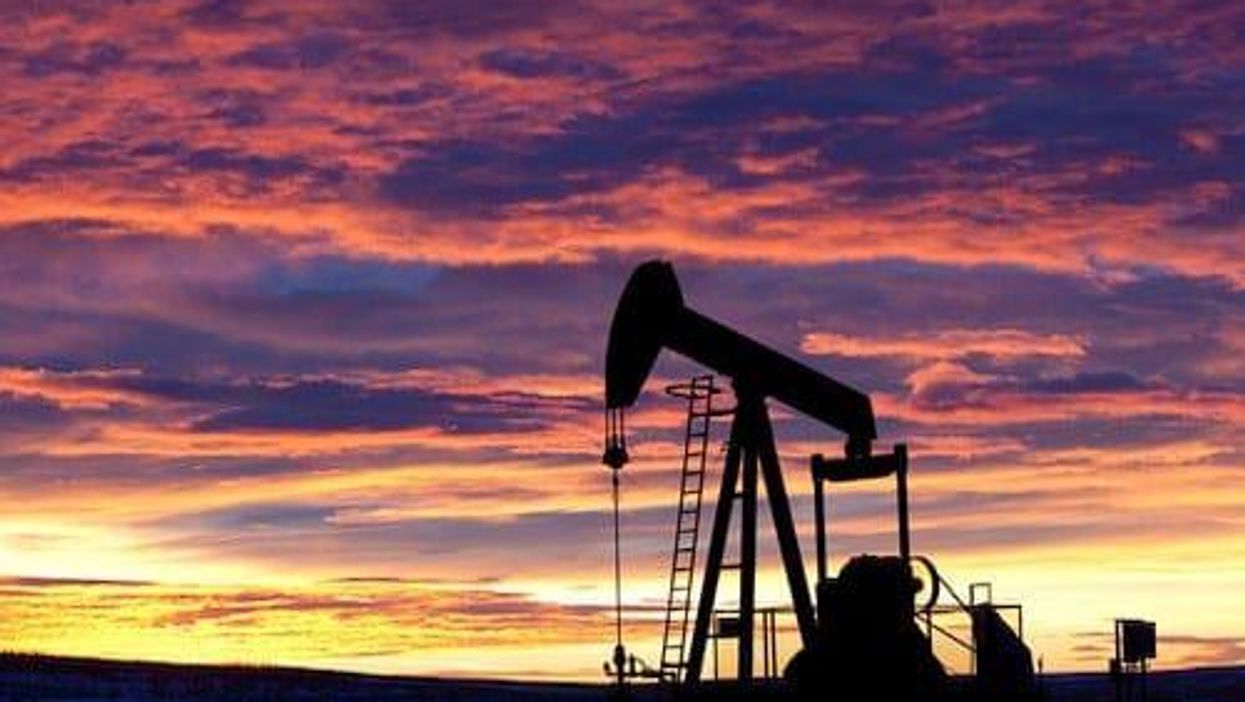VIDEO - Oil Sector Volatility Causes Price Flux, Uranium Stays Neutral
INN looks at a few of the major news stories in the uranium and oil and gas sectors during the month of September. Watch to learn more.
While the uranium space was relatively quiet for most of September ahead of the release of Q3 updates, the oil and gas market has been a hotbed of activity.
The month started with the U3O8 spot price sitting at US$25.30 per pound, and it remained rangebound over the four week term.
Brent crude was trading at US$56.88 per barrel at the beginning of September, but spiked to US$67.68 mid-month. The West Texas Intermediate (WTI) story was similar — it started the period at US$55.10 per barrel and shot up to US$62.90 on September 16.
Uranium in September
In the uranium sector, much of the focus this past month has been on tensions between the US and Iran. Concern has been mounting about the quantity and grade of uranium that is being enriched in Iran.
The country has threatened to stockpile higher-grade uranium if the US continues to ratchet up sanctions against the country, which have impacted its oil exports.
Washington has refused to budge on sanctions, and even went as far as to blame Iran for drone attacks on Saudi Arabia’s oil sector early in the month.
There has been some renewed hope in recent days, with reports stating that US President Donald Trump may be receptive to signing a new nuclear deal led by UK Prime Minister Boris Johnson.
In May 2018, the US pulled out of the 2015 Joint Comprehensive Plan of Action, which was signed by former US President Barack Obama and several EU nations.
The deal saw sanctions eased against Iran in return for increased monitoring of its nuclear program, as well as several other caveats around enrichment, stockpiling and centrifuge types.
Throughout the month, the Investing News Network spoke with a number of uranium miners, analysts and sector watchers about the ongoing impact of the Section 232 uranium import investigation, as well as what catalysts need to occur to move the market upward.
Oil in September
While the uranium sector remained muted for the month, the oil and gas space was very active.
Early in the month, a cabinet shuffle in Saudi Arabia prompted prices for crude to spike.
News that Saudi Arabia Energy Minister Khalid al-Falih would be replaced by Prince Abdulaziz bin Salman, the son of Saudi Arabia King Salman bin Abdulaziz Al-Saud, drove Brent and WTI crude higher by a little over 1 percent.
Mid-month, an armed drone attack on two of Saudi Arabia’s largest oil production facilities reduced output dramatically.
The unmanned aerial assaults prompted the removal of 5.7 million barrels of crude per day from the market, roughly 5 percent of global supply.
Saudi Aramco, a state-run oil company, released a statement in response to the drone offensive, which it has labeled as “terrorist attacks.”
“We are gratified that there were no injuries. I would like to thank all teams that responded timely to the incidents and brought the situation under control,” said Amin Nasser, Saudi Aramco’s president and CEO. “Work is underway to restore production and a progress update will be provided in around 48 hours.”
Despite the country asserting that production would be back online by the end of the month, analysts expect the situation in the area to continue to escalate, creating a precarious environment for the sector. Some believe it will drive oil prices as high as US$80.
Late in the month, at a meeting of the United Nations General Assembly, the UK, France and Germany joined the US in blaming Iran for the Saudi oil production assault. As the world’s leader in oil production, the US has agreed to ramp up production or access reserves to help support the market.
Don’t forget to follow us @INN_Resource for real-time updates!
Securities Disclosure: I, Georgia Williams, hold no direct investment interest in any company mentioned in this article.






